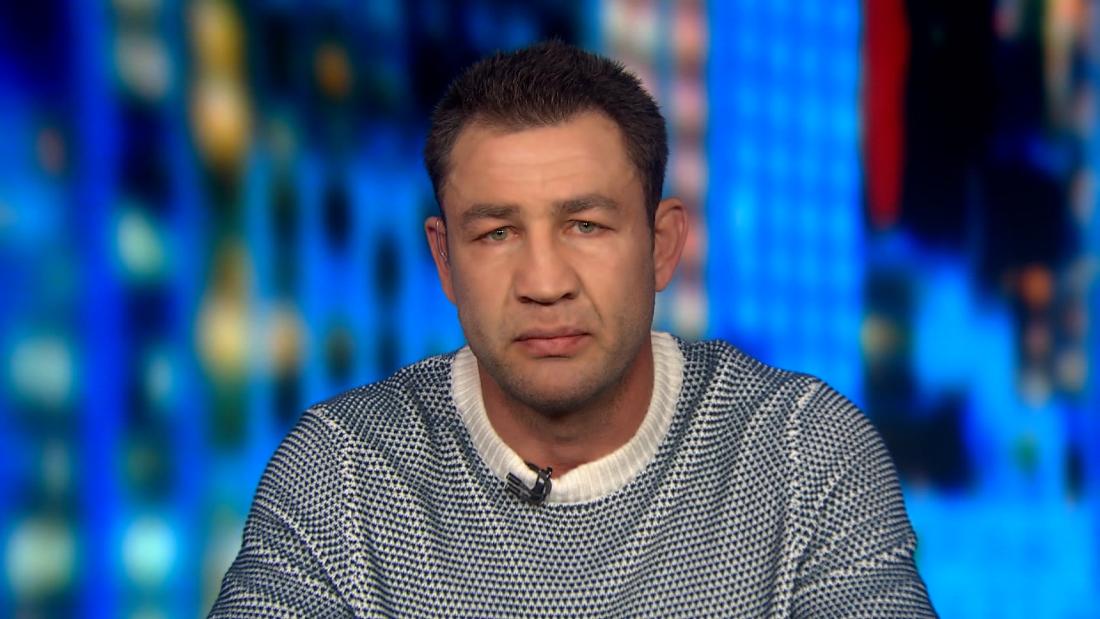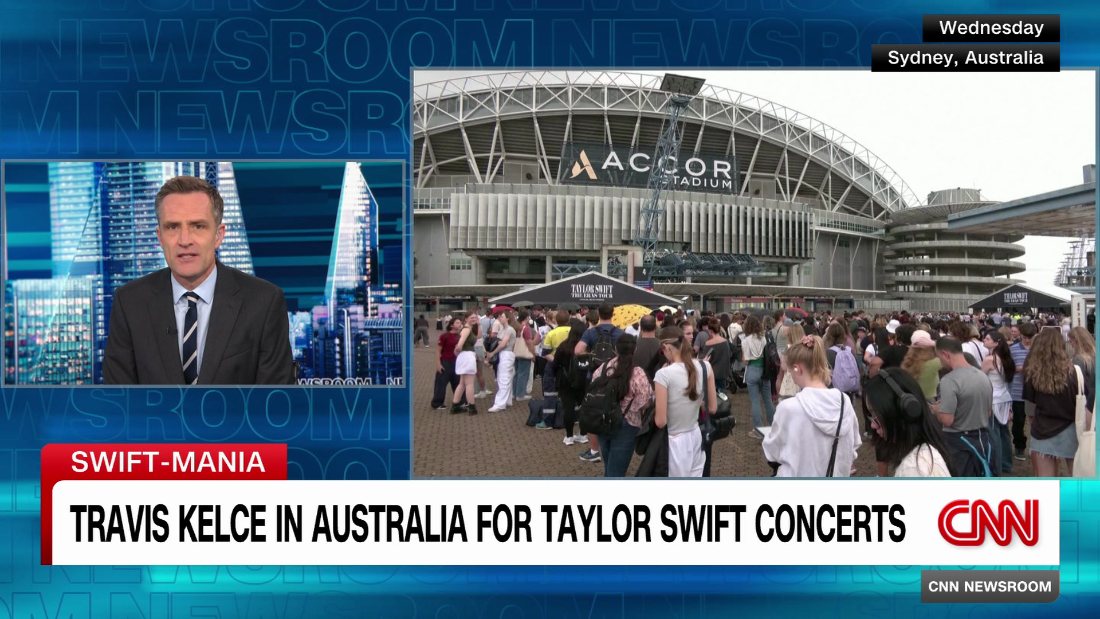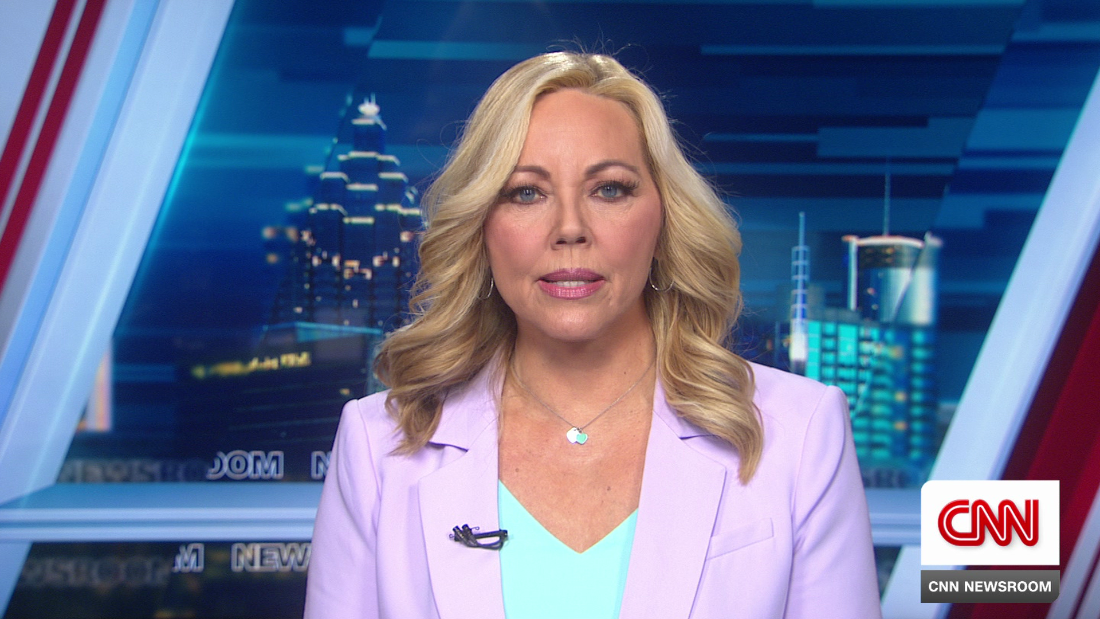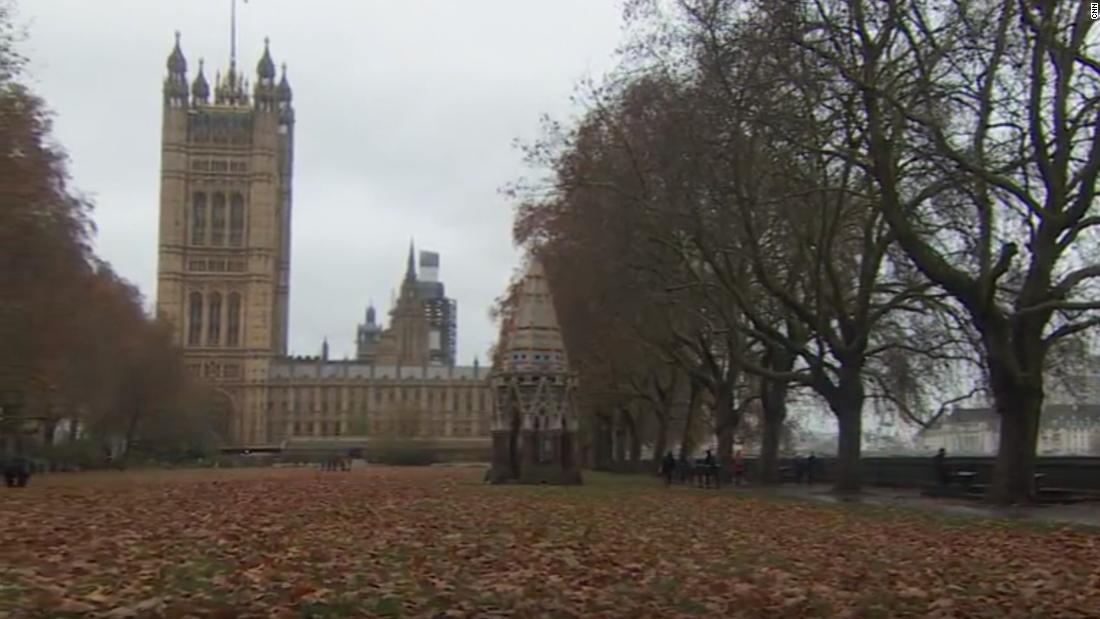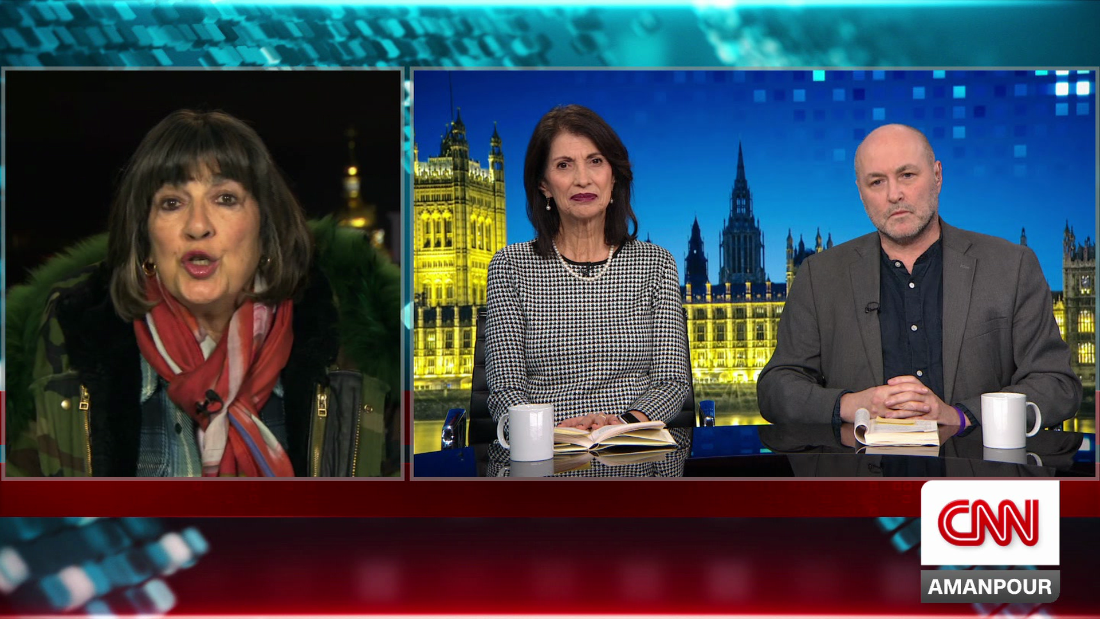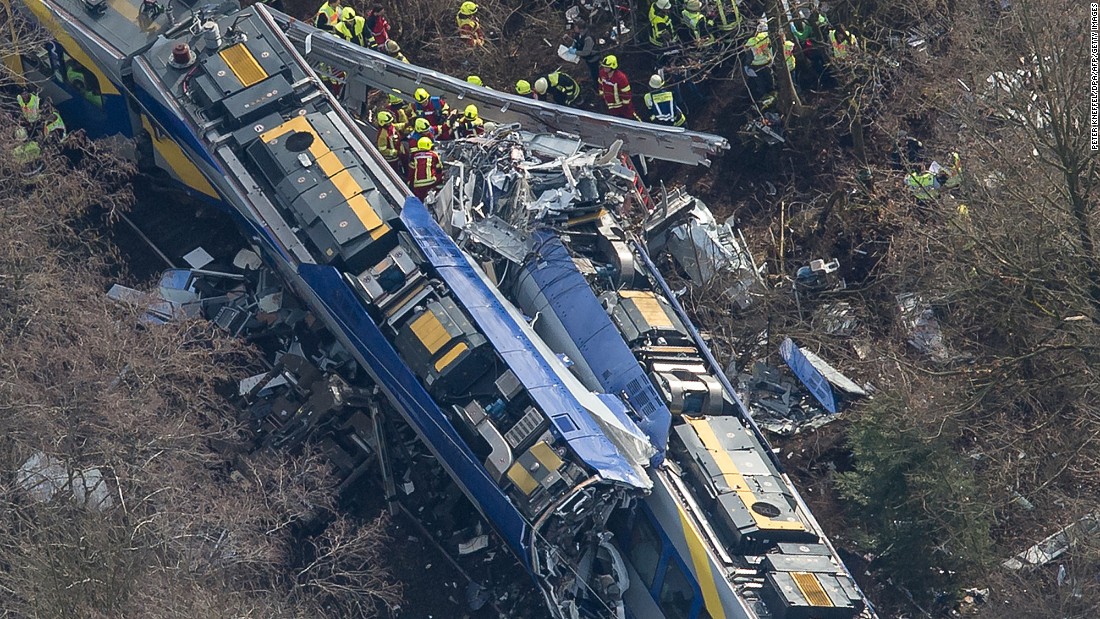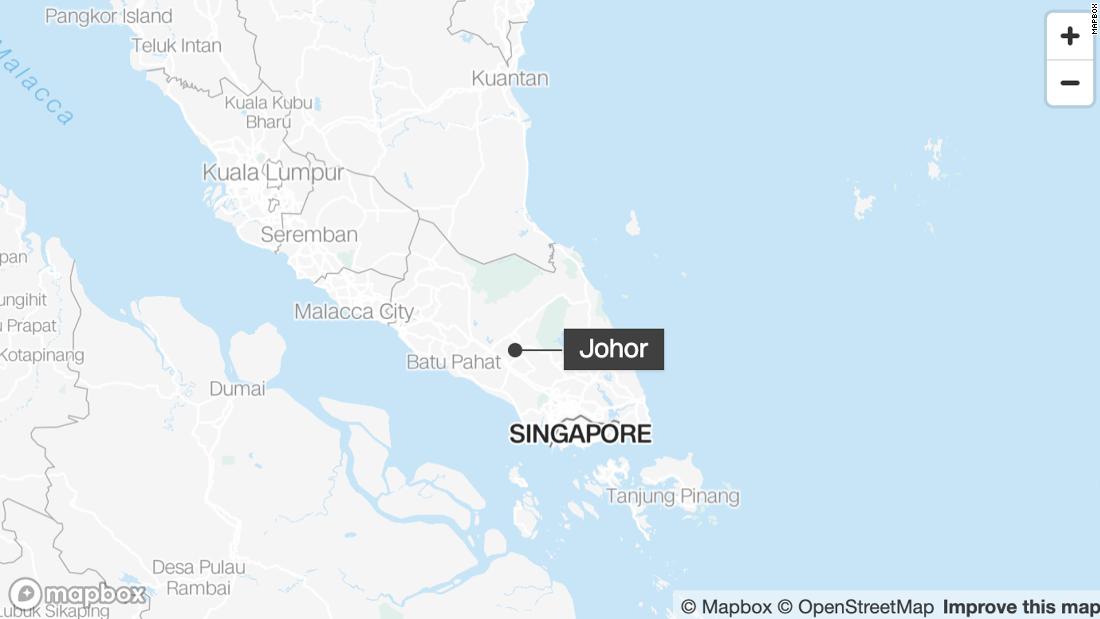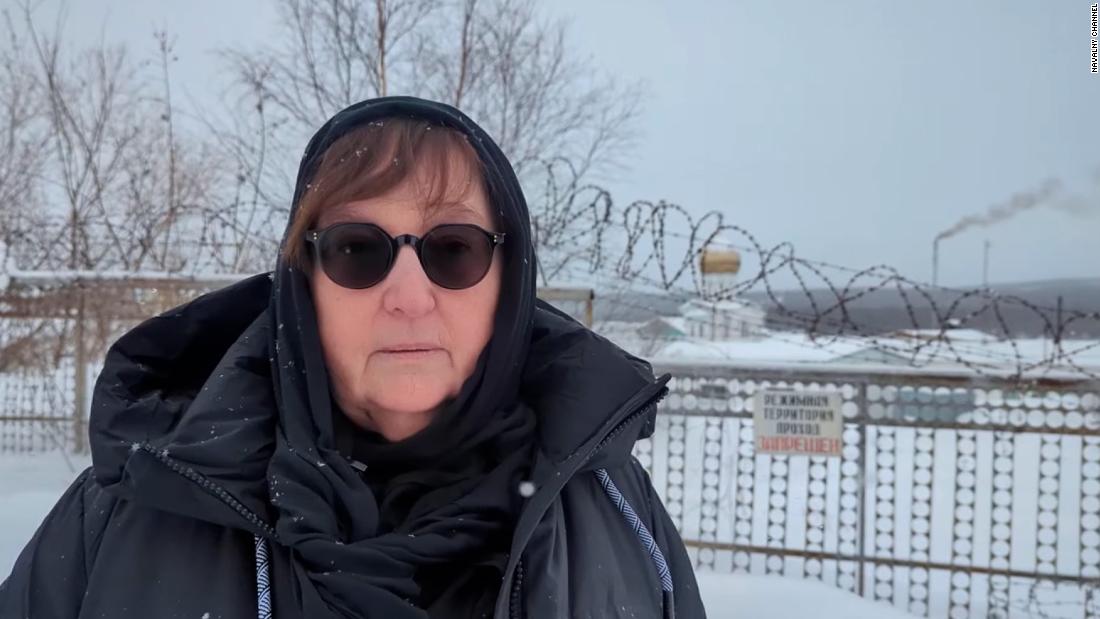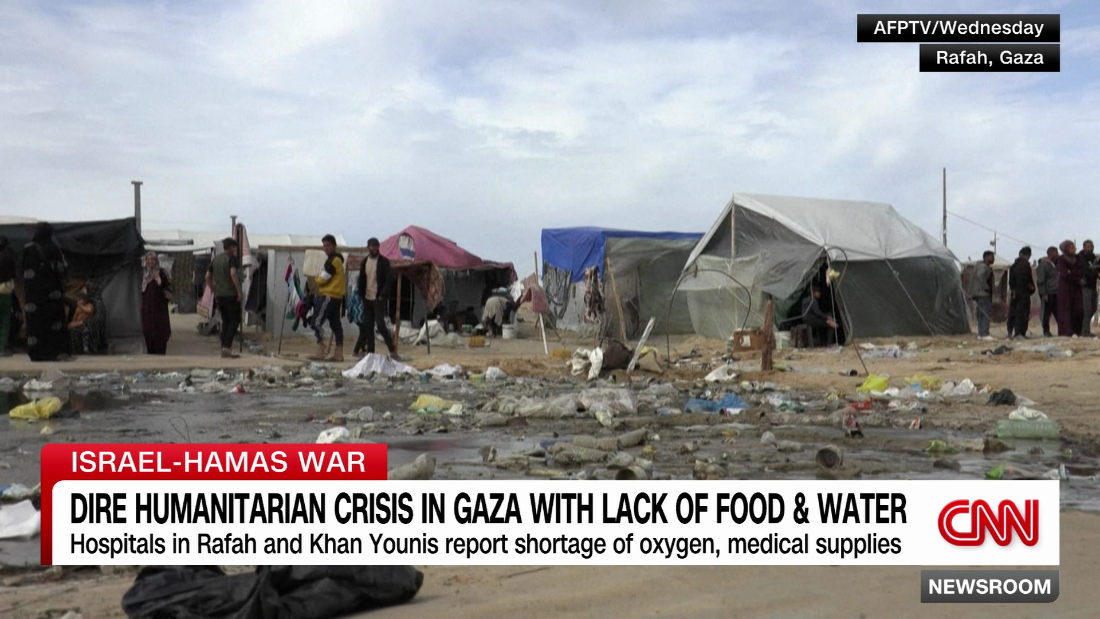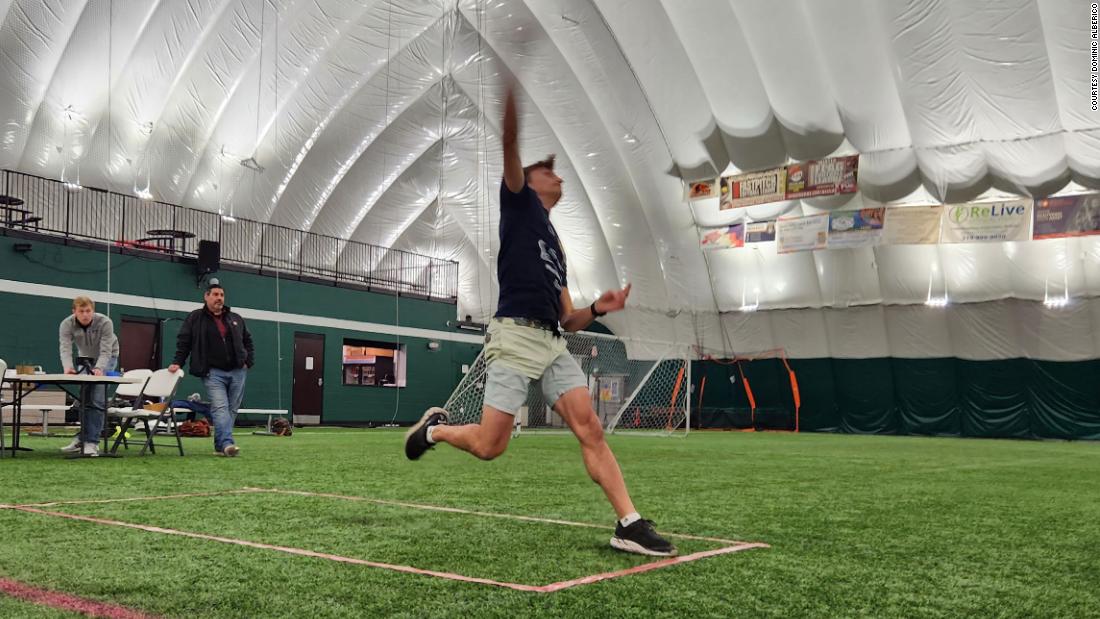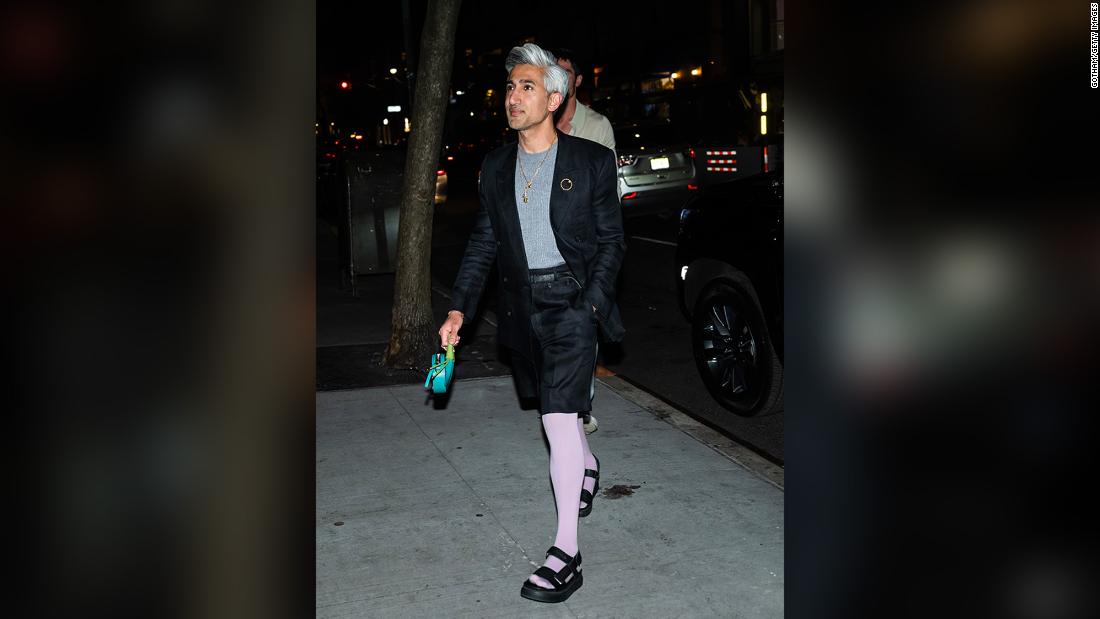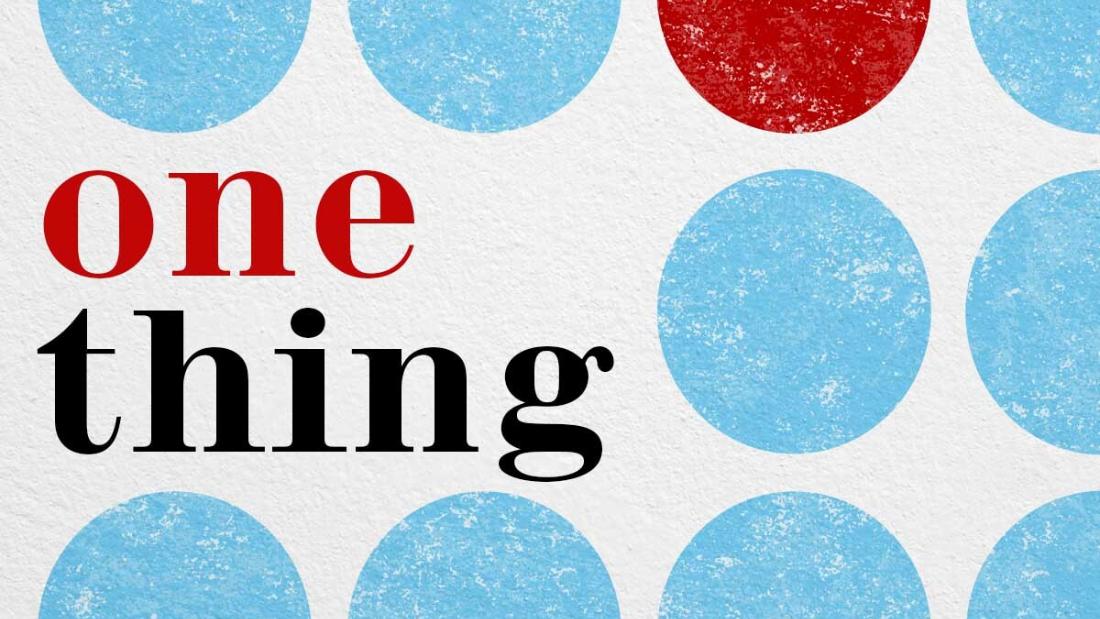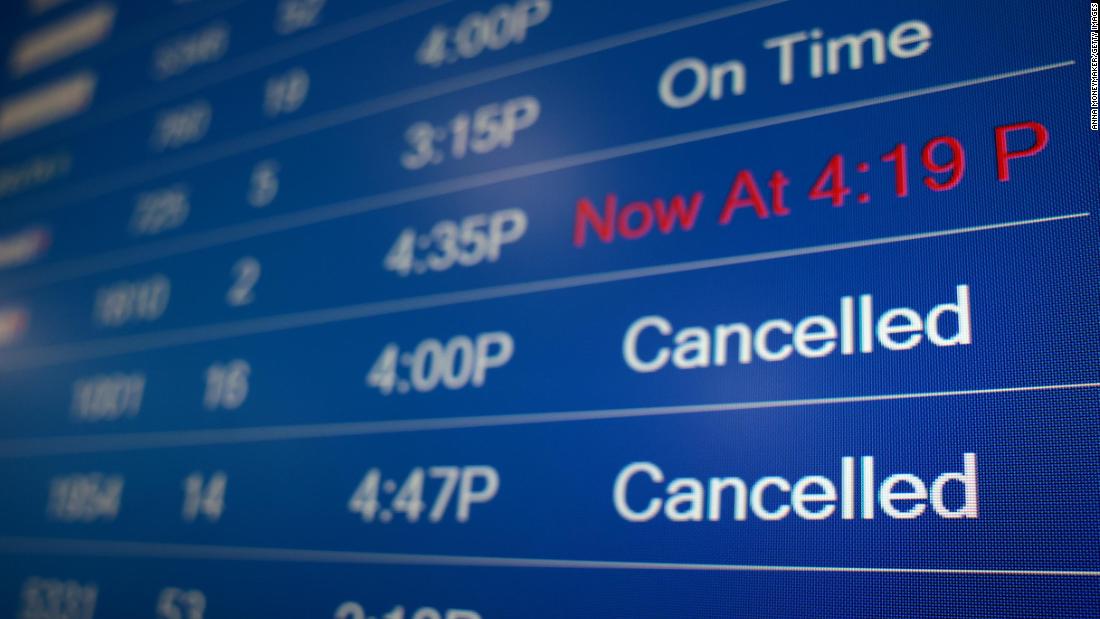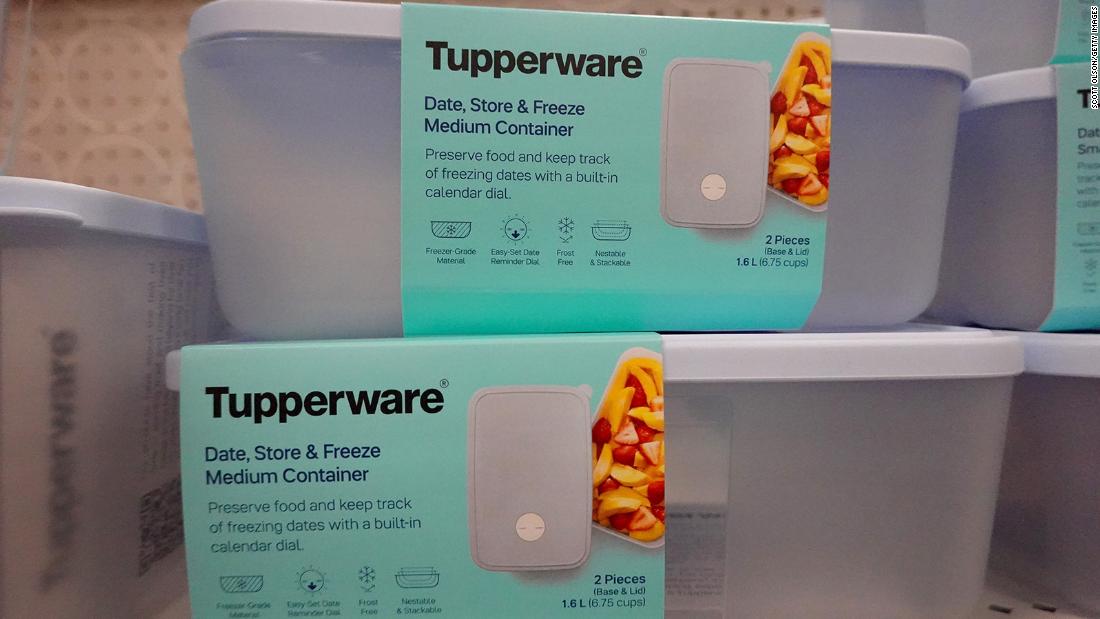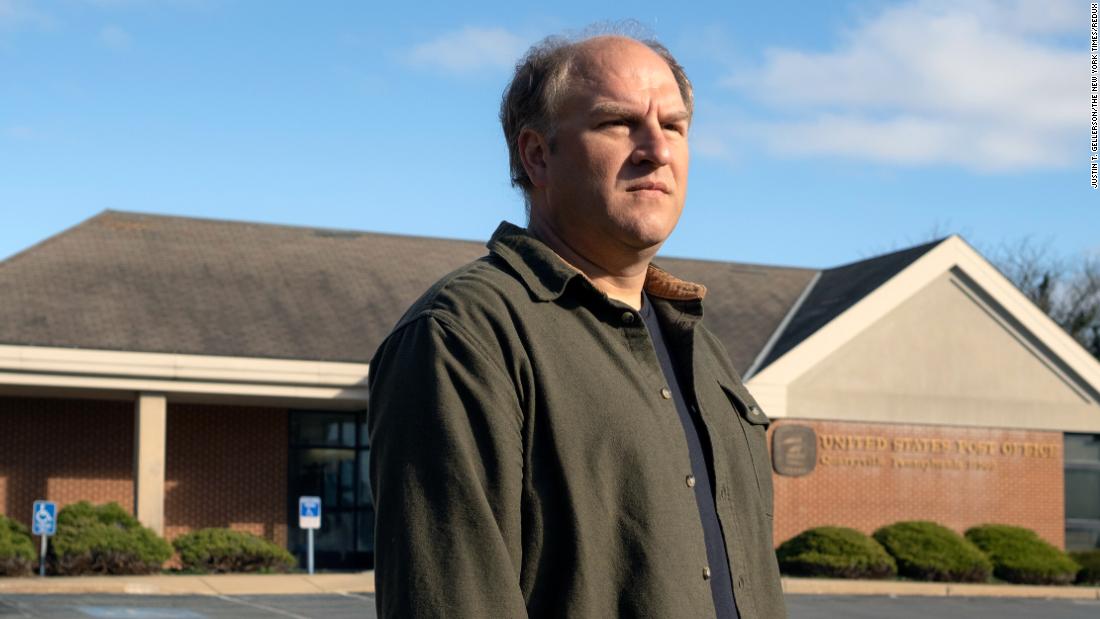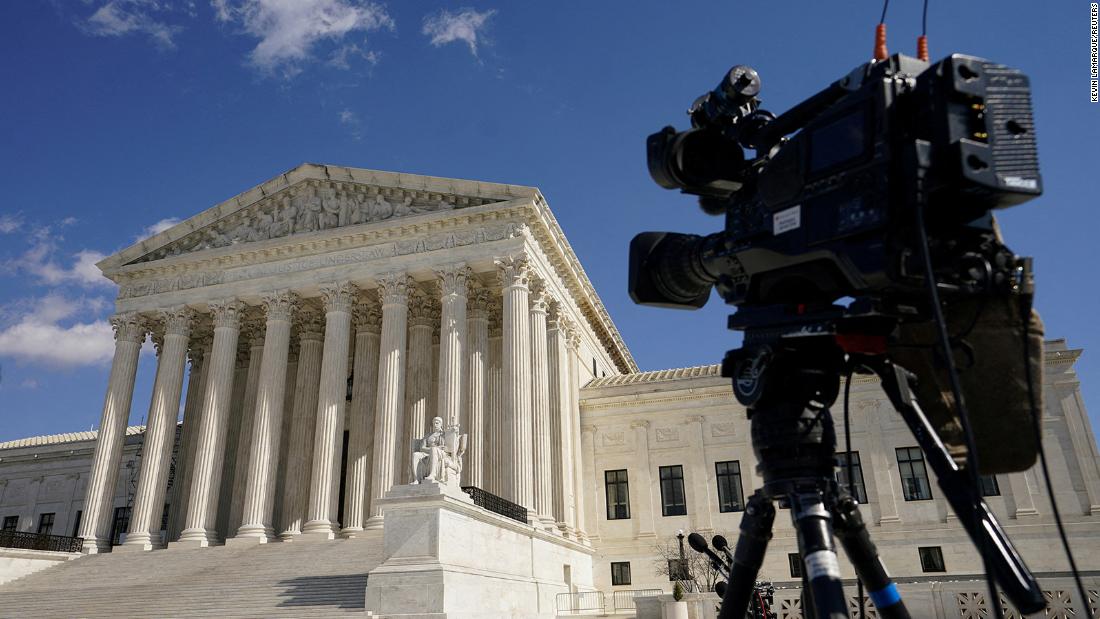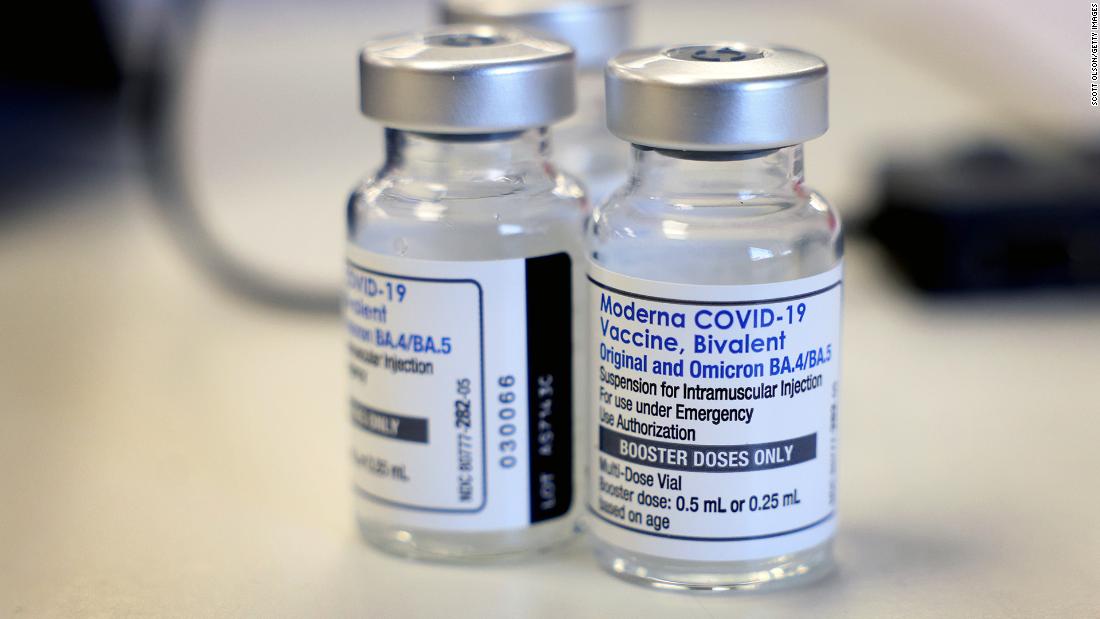THOUSANDS of pupils scored top GCSE results despite starting secondary school when Covid shut classrooms – as more older teens than ever were forced into resits.
This year’s 16-year-olds were the first cohort to complete their entire secondary education since Covid, starting Year 7 in autumn 2020 when schools were still in lockdown.
GettyOfficial exam board data shows 21.9 per cent of entries across England, Wales and Northern Ireland were awarded top marks[/caption]
A student reacts after opening their GCSE results at the City of London Academy Southwark, a school sponsored by the City of London, on August 22Getty
Pupils at Solihull School in Solihull receiving their GCSE resultsPA
Despite fears of long-term disruption, results have remained remarkably stable.
Official exam board data shows 21.9 per cent of entries across England, Wales and Northern Ireland were awarded top marks (grade 7/A or above) – almost unchanged from 22.0 per cent last year.
This was higher than in 2019, the last year before the pandemic, when 20.8 per cent of entries achieved the top grades.
And more pupils than ever managed a clean sweep of the very best grades.
A record 576 teenagers scored straight 9s in at least ten subjects, up from 543 last summer.
But English and maths continue to remain the toughest hurdles, with 60.2 per cent securing a pass in English and 58.3 per cent in maths.
Older pupils continue to struggle most, with the entry from those aged 17 and over jumping 12.1 per cent this year to 482,402.
Most were sitting compulsory resits in English and maths, where only 15.3 per cent scraped a pass in maths and 19.7 per cent in English.
Education leaders have called for the Government’s policy of compulsory resits in the two subjects at GCSE to be scrapped.
Jill Duffy, chief executive of OCR exam board, said: “Nearly a quarter of GCSE maths and English entries are resits.
“This is an all-time high.
“Less than a fifth of resitting students achieved the grade 4 they need to break out of the resit cycle. This is a resit crisis.
“Tinkering at the edges of policy won’t fix this.
“We need fundamental reform to maths and English secondary education – especially at Key Stage 3 – to support those who fall behind in these crucial subjects.
“Boys are slowly catching up with girls, but the GCSE attainment gap remains significant.”
Meanwhile, subject choices are shifting.
Spanish surged by 5.7 per cent to become the most popular language, while German dropped 4.2 per cent.
Triple science entries also climbed, with higher results than the double award.
The gap between girls and boys at the top grades is also at the narrowest point this century.
Nearly a quarter (24.5 per cent) of girls’ GCSE entries were awarded at least a grade 7/A compared to almost a fifth of boys’ entries (19.4 per cent ) – a 5.1 percentage point gap.
GCSEs 2025: By the Numbers
Top grades (7/A+): 21.9% in 2025, compared with 21.8% in 2024 and 20.8% in 2019
Passes (4/C+): 67.4% this year, compared with 67.6% in 2024 and 67.3% in 2019
Overall pass (1/G+): 97.9%, the lowest since 2005 when it was 97.8%
Girls v Boys: 24.5% of girls’ entries hit 7/A+, compared with 19.4% of boys – a gap of 5.1 points, the smallest since at least 2000
Regional gap: London led with 28.4% top grades, while the North East lagged at 17.8% – a 10.6-point divide
UK nations: Northern Ireland scored 31.6% 7/A+, ahead of England on 21.8% and Wales on 19.5%
This is the narrowest lead enjoyed by girls since at least 2000, which is the earliest archive data available.
Meanwhile, 70.5 per cent of girls’ GCSE entries were awarded at least a grade 4/C compared to 64.3% of boys’ entries – a 6.2 percentage point gap.
Regional trends showed sharp divides, too.
London pupils raced ahead – with 28.4 per cent of papers awarded top marks – while just 18.6 per cent hit the same level in the North East.
In the North West, the figure was 20.1 per cent, also well below average.
Northern Ireland students stormed ahead of the pack, with 31.6 per cent hitting top grades and more than 83 per cent achieving a pass.
Wales was close to the England average at 21.7 per cent scoring the highest grades.
Sir Ian Bauckham, chief regulator at Ofqual, England’s exams regulator, said this year’s GCSE results are “stable” in comparison to the past two years – when grading returned to pre-pandemic levels in England.
He said the differences this year are “natural variation” that would be seen between any year.
Sir Ian said: “The standard of work required to achieve a grade seven or a grade four at GCSE is the same this year as it was last year, and what we’re seeing is statistically insignificant changes at those key grades from last year to this year.
“That means basically that the underlying pattern, the underlying standard of performance amongst students from last year to this year, is stable.”
Winners and Losers
WINNERS
– Spanish became the most popular foreign language, rising 2.6% to 136,871 entries
– Statistics rose 9.5% to 34,879 entries
– Triple Science entries climbed, with stronger results than double award
LOSERS
– German dropped 4.2 per cent
– French was overtaken by Spanish for the first time
– Overall GCSE entries fell 0.4 per cent to 6.16m
On the gender gap, Sir Ian added: “What we see today in the results is a very small apparent narrowing of the gap in performance between boys and girls.
“It’s important for people to understand that there is still a gap in the performance of boys and girls, but what we can say is that it doesn’t appear to be growing at the moment.”
In England, Ofqual brought GCSE grading standards back in line with pre-Covid levels in 2023 and exam regulators in Wales and Northern Ireland returned to pre-pandemic grading last year.
The move came after Covid-19 led to an increase in top GCSE grades in 2020 and 2021, with results based on teacher assessments instead of exams.
Many of the pupils who are receiving their GCSE results this summer were in Year 6 when schools closed because of the pandemic.
Education leaders have warned that these pupils, who moved from primary to secondary school in the middle of the pandemic, have faced a series of challenges – including school attendance issues and cost-of-living pressures.
Education Secretary Bridget Phillipson said this cohort of students had shown “remarkable resilience” despite the disruption to their education.
Published: [#item_custom_pubDate]
















